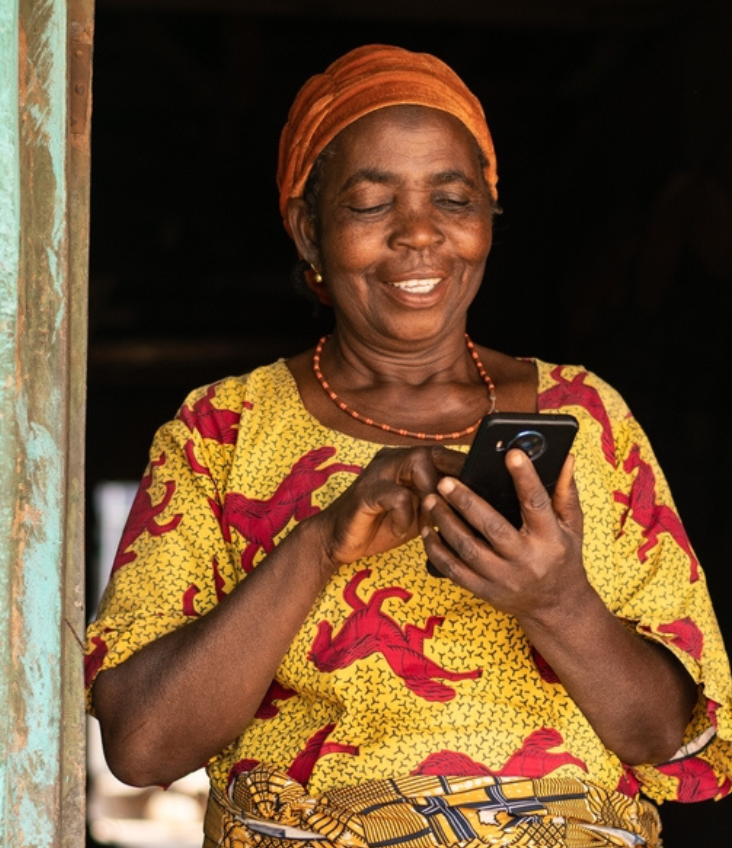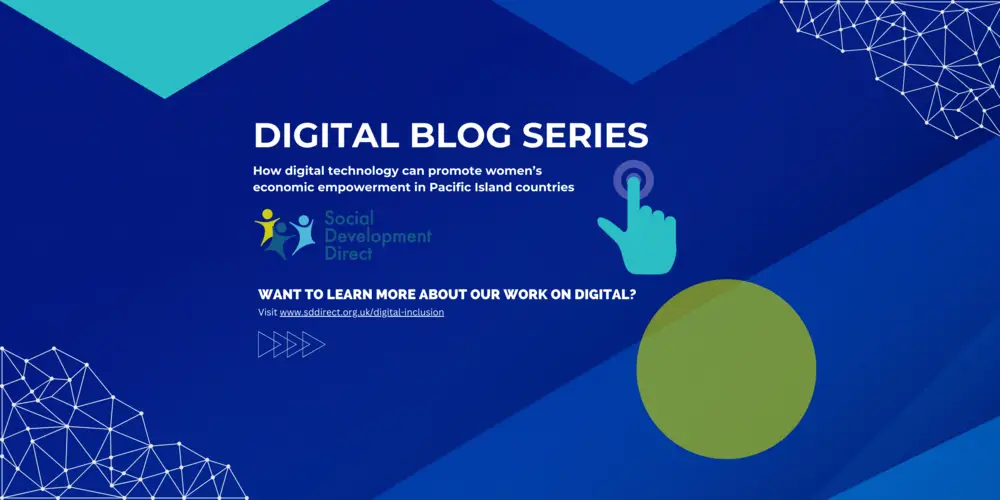Collecting disability disaggregated data using Washington Group standards
This presentation by Dr Lorraine Wapling explains how to collect better disability data using the Washington Group questions. It covers why good data matters, especially for children, and how poor methods can lead to undercounting.




